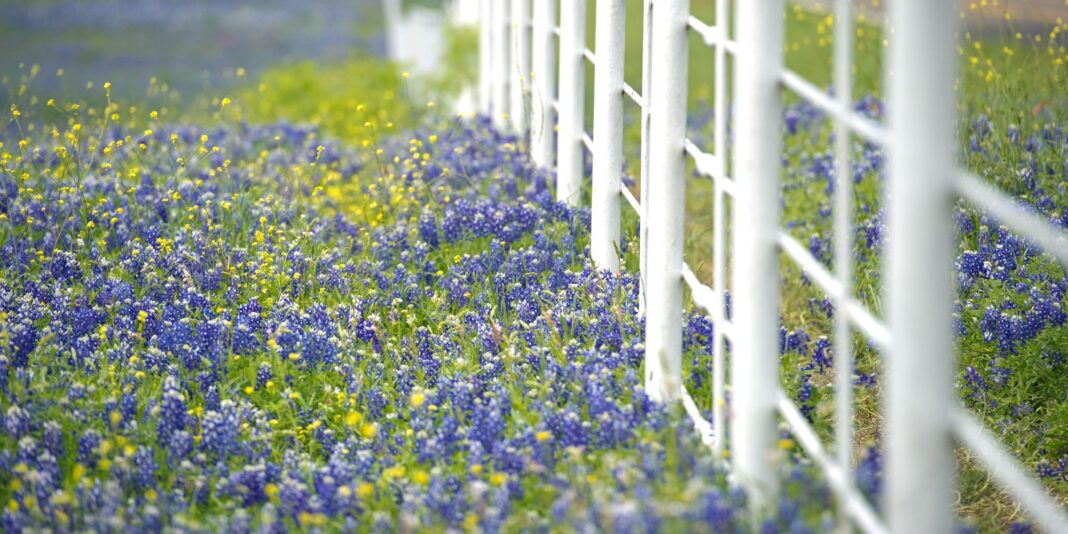Texas Bluebonnets: The State Flower of Texas
In Texas, springtime brings more than just warmer weather and longer days. It also brings a vibrant display of bluebonnets, the state flower of Texas. These beautiful flowers can be seen blooming all across the state, from the prairies to the hills, and are a beloved symbol of Texas. The bluebonnet is the state flower of Texas, and for good reason. They are known for their distinctive blue color, although they can also be found in shades of white, pink, and even purple. The flowers bloom in the spring, typically from March to May, and can be found in fields, along roadsides, and in parks and gardens.
History and Symbolism
The bluebonnet has a rich history and symbolism in Texas. Native Americans, such as the Comanche and Apache tribes, were known to use the bluebonnet as a food source and for medicinal purposes. In the early 1900s, the bluebonnet became a symbol of Texas pride and identity. In 1901, the Texas Legislature designated the bluebonnet as the state flower, making it the first state flower in the United States. They represent the beauty and resilience of the state, as they can grow in harsh conditions and still thrive. They also represent hope and renewal, as they bloom every spring, bringing color and life to the landscape.
Beyond its symbolic significance, the bluebonnet also plays an important ecological role in Texas. As a member of the legume family, bluebonnets are nitrogen fixers, meaning they have the ability to convert atmospheric nitrogen into a form that can be used by other plants. This makes them valuable contributors to the health of Texas ecosystems.
Bluebonnet Season
Texas Bluebonnets (Lupinus texensis) are the state flower of Texas. These wildflowers are a member of the lupine family and are native to Texas. They typically bloom in mid-March to mid-April and can be found throughout the state, from East Texas to the Hill Country and beyond.
Bluebonnet season is a big deal in Texas, and many people make a point to visit the state during this time to see the wildflowers in full bloom. The bluebonnets can be found in many areas throughout the state, but some of the most popular spots include the Hill Country, Ennis, and Brenham. Visitors can take bluebonnet tours or simply drive along highways and backroads to see the wildflowers in all their glory. Did you know in fact, some towns even hold annual bluebonnet festivals, where families can enjoy live music, food, and activities while surrounded by fields of the iconic flowers?
Tips for Visiting Bluebonnets
If you’re planning a trip to see the bluebonnets in Texas, there are a few things to keep in mind. First, be sure to check bloom reports to see when and where the flowers are at their peak. Bluebonnets typically bloom in waves, with different areas blooming at different times, so it’s important to plan accordingly. Second, be respectful of the flowers and the land they grow on. Bluebonnets are delicate and can easily be damaged, so it’s important to stay on designated paths and avoid trampling on the flowers. Additionally, many fields of bluebonnets are on private property, so be sure to get permission before entering.
Finally, be prepared for the Texas weather. Springtime in Texas can bring unpredictable weather, including sudden storms and high winds, so it’s important to dress in layers and be prepared for changes in the weather.
In conclusion, the bluebonnet is more than just a flower in Texas. It is a symbol of Texas pride and identity, and its vibrant blooms bring joy and beauty to the state every spring. If you’re planning a trip to Texas during the spring months, make sure to include a visit to see the bluebonnets. It’s a sight you won’t soon forget.















